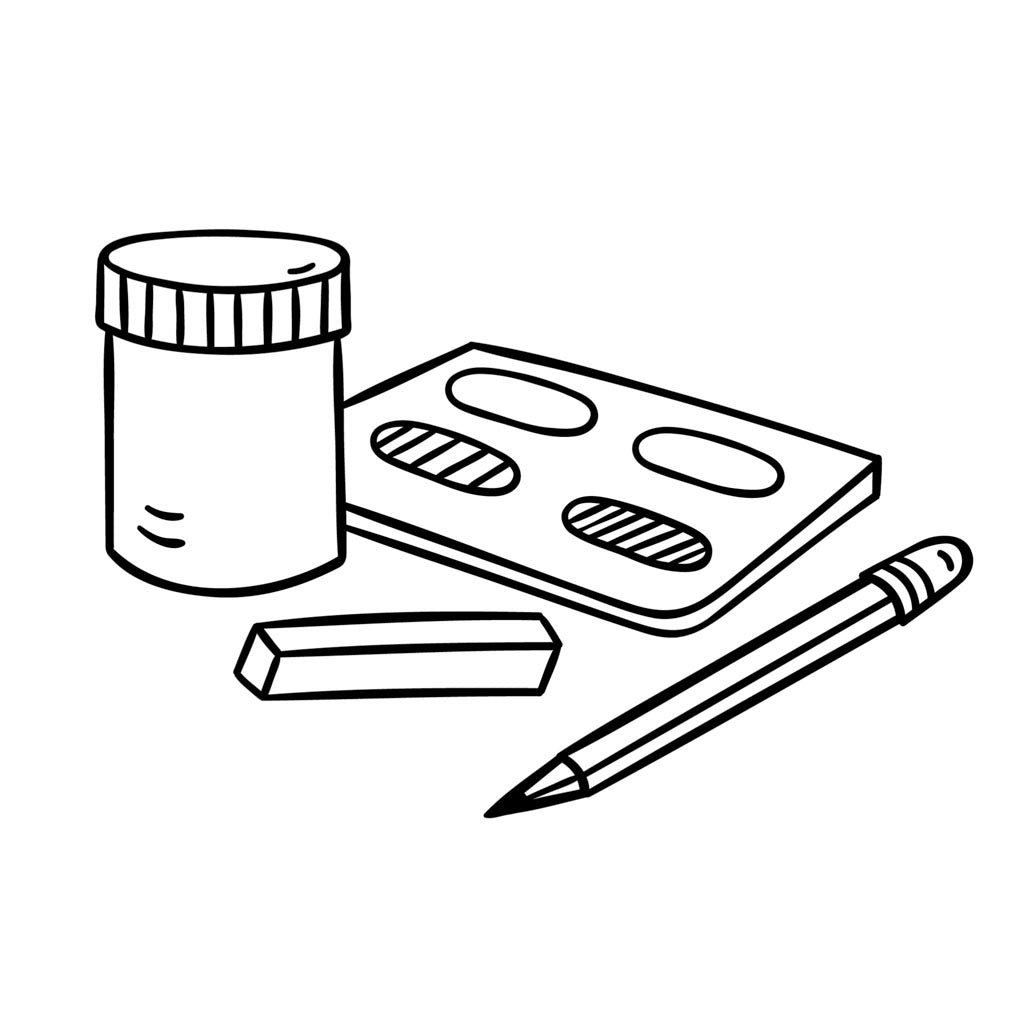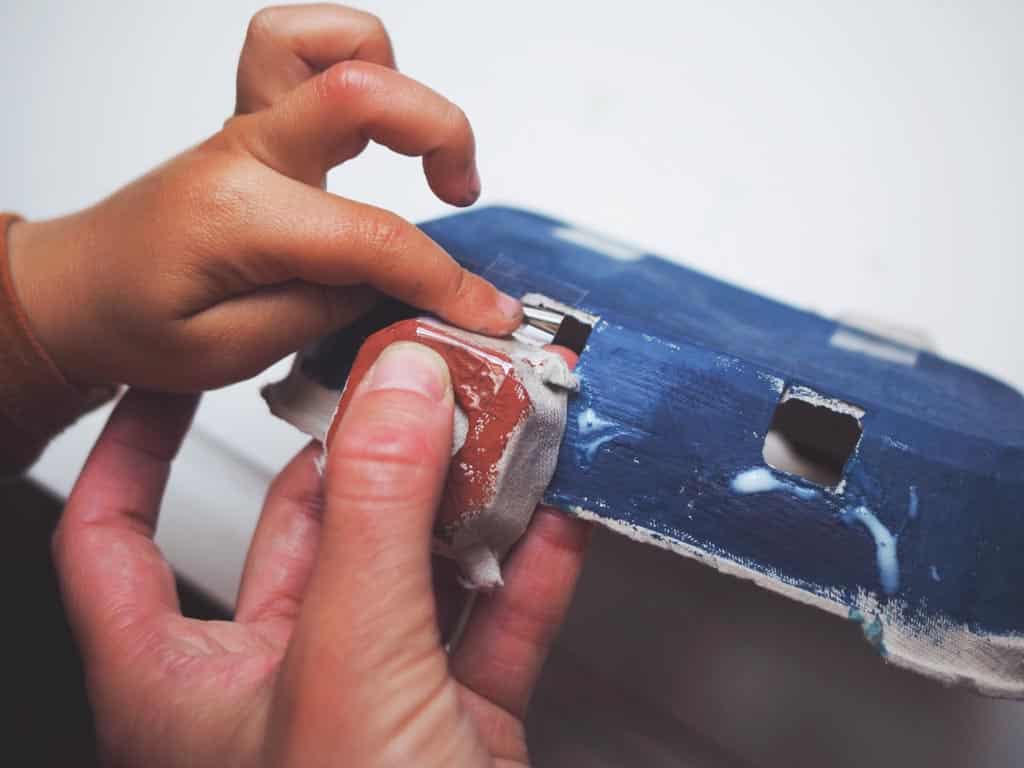Mark-making isn’t only about developing correct pencil grip in time to start school. Mark-making for children is a pleasurable activity in itself (humans have been mark-making for millennia, after all.) When making a mark – be it chalk on a board, pencil on paper, or a stick in the sand, the materials being marked have their own textures and make their own unique sounds when marked. It’s an extremely sensory experience, why even as adults we may still enjoy writing in pencil. The sound the pencil makes as you drag it across the paper, the ridges of the hexagon in our grip, all appeal to our senses.
In addition to its immediate visual rewards, mark-making delivers plenty of early science. Heavy or light strokes, fast or slow? Paints can be thickened or diluted. Brushes can be wet or dried on a rag and scratched across the paper. Sweeping arcs or rapid dots, chaos or order?
Marks also record thoughts and moments in time, children can use them to send message and tells us things long before they can talk to us in a meaningful way. It’s why so many of us keep those precious first paintings or drawings by our children. It’s hard to think of any activity that teaches so much.




